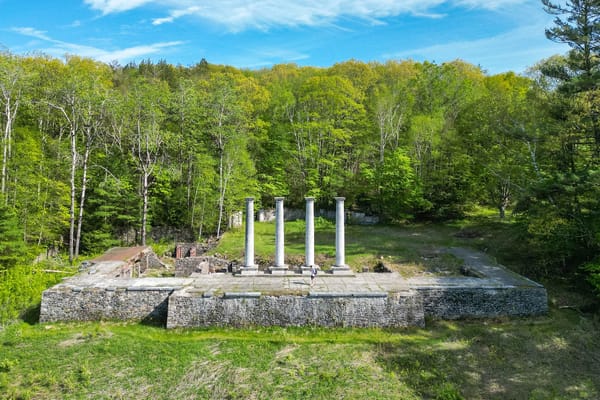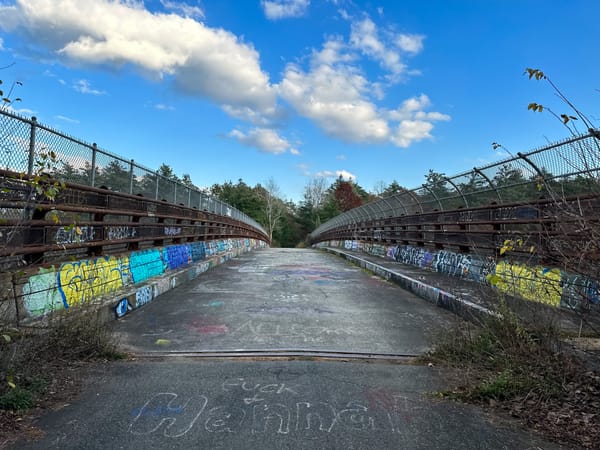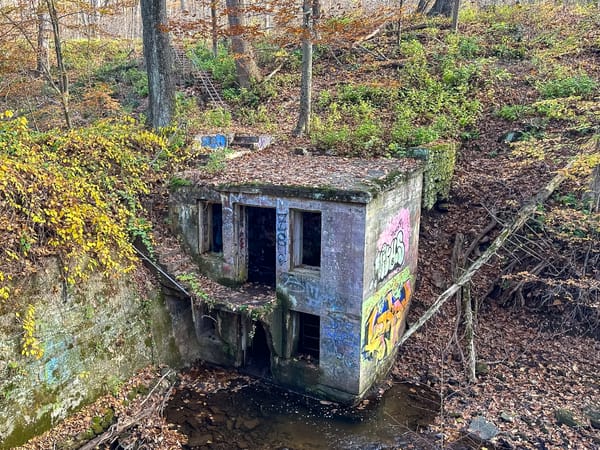Assabet River National Wildlife Refuge WW2 Bunkers (Sudbury, MA)
The Assabet River National Wildlife Refuge WWII Bunkers in Sudbury, Massachusetts are among the most fascinating abandoned military remnants in all of New England.
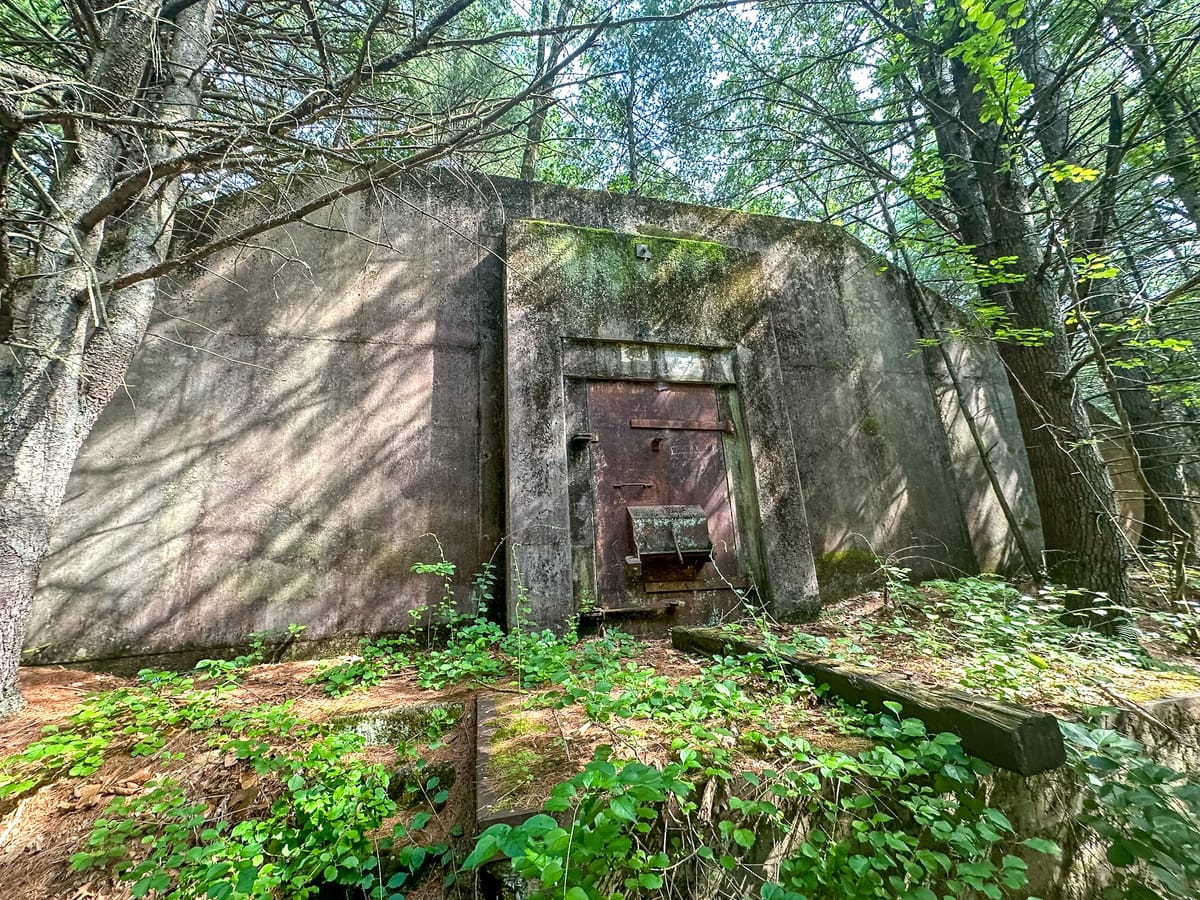
Assabet River National Wildlife Refuge WWII Bunkers – Forgotten Ammunition Storage in Sudbury, Massachusetts
The Assabet River National Wildlife Refuge WWII Bunkers in Sudbury, Massachusetts are among the most fascinating abandoned military remnants in all of New England. Scattered throughout quiet woods and wetlands, these moss-covered concrete bunkers once played a critical role in America’s World War II home front defense — and today, they form one of the most unique hiking destinations in Massachusetts.

The Secret Origins of the Maynard Ammunition Storage Depot
With the outbreak of World War II, the U.S. Army urgently needed inland sites to safely store live ammunition and ordnance away from the vulnerable Atlantic coast. In the early 1940s, government officials identified a 2,450-acre tract of land across the towns of Sudbury, Maynard, Stow, and Hudson, Massachusetts as the perfect location — isolated, forested, and accessible by rail.
Through eminent domain, the federal government seized the land, displacing over 100 local families and farmers. Roads were closed, homes were razed, and the entire area was fenced off with razor wire and guarded by armed military patrols.
By 1942, the Army had begun constructing what was officially known as the Maynard Ammunition Backup Storage Point — a secure inland depot for explosives and munitions being shipped from Midwestern factories to coastal naval bases in Boston, Cohasset, and Hingham.

Building the Bunkers
The site was built with 50 concrete bunkers, often referred to as “igloos.” Each bunker measured roughly 81 feet long, 26 feet wide, and 12 feet high, reinforced with thick concrete walls and buried under layers of earth to prevent explosions from spreading.
A network of railway spurs and service roads connected the bunkers to the Massachusetts Central Railroad, enabling ammunition to be loaded directly into train cars for transport. The design reflected military precision: remote enough for safety, but efficient enough to keep up with wartime logistics.
During the war years, trains rolled through the forest night and day, carrying artillery shells, mortar rounds, and small arms ammunition. Soldiers and civilian workers operated under strict secrecy — few outside the military even knew the facility existed.
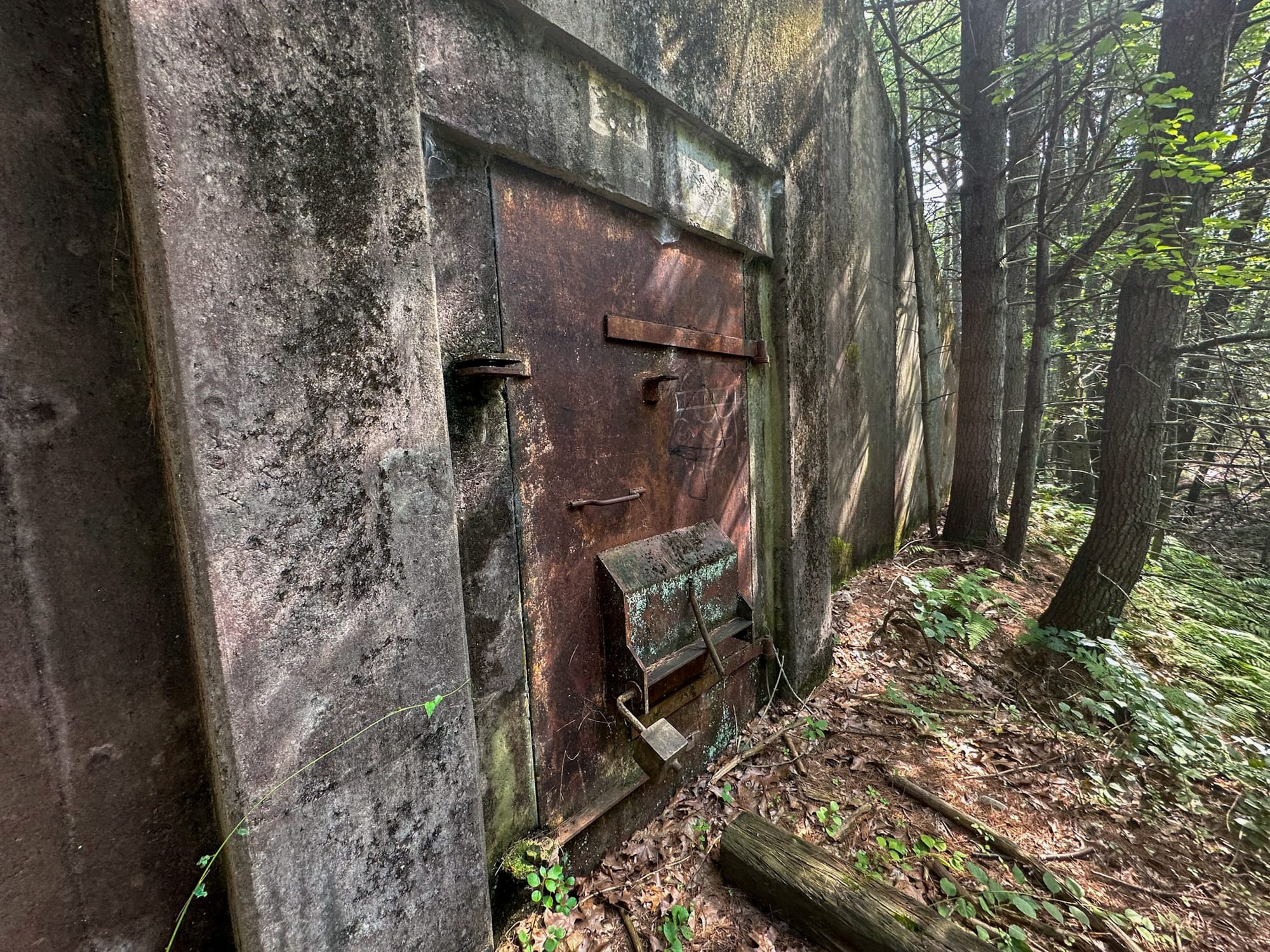
Postwar Transition
After World War II, the facility continued to serve the military as a Fort Devens annex and later as a research and testing site. By the 1960s, the site was largely inactive, though portions remained under restricted military control.
Environmental contamination from the old munitions operations led to the property being classified as a Superfund site, with cleanup efforts spanning several decades.
Finally, in 2000, the land was officially transferred from the U.S. Army to the U.S. Fish and Wildlife Service, paving the way for a dramatic transformation — from secret munitions base to wildlife refuge.
On October 23, 2005, the newly established Assabet River National Wildlife Refuge opened to the public for the first time in 63 years.

Exploring the Bunkers Today
Today, the WWII bunkers of the Assabet River National Wildlife Refuge sit quietly among pine forests, vernal pools, and marshland. The eerie concrete structures — once filled with explosives — are now overgrown with moss and vines. Many are sealed shut with heavy metal doors, but several are visible and easily accessible from the main trails.
Visitors hiking through the refuge will discover that each bunker blends seamlessly into the surrounding landscape, resembling small grassy hills with concrete facades. Their rounded, earthen roofs were designed to contain potential blasts — and now serve as miniature ecosystems supporting ferns, wildflowers, and even small trees.
Some of the most popular routes for bunker exploration include:
- 🥾 Taylor Way Trail – Passes several of the largest bunkers and remains of the old railway system.
- 🚴 Fisher Loop Trail – Ideal for biking; this trail intersects a number of accessible bunkers.
- 🌳 Winterberry Way & Puffer Pond Trail – Scenic trails where history and nature blend beautifully.
Though the refuge is open to the public, entry into the bunkers is prohibited for safety reasons. Many doors are welded shut, and some structures are unstable inside. Still, their haunting presence makes for incredible photography opportunities — especially in fog or during autumn foliage.

Nature Reclaims the Arsenal
What was once a top-secret ammunition depot has now become a thriving wildlife sanctuary. The refuge supports over 200 species of birds, as well as deer, foxes, and even black bears. Beavers have reestablished themselves in the marshes, and the sound of woodpeckers echoes where munitions once thundered.
It’s a rare and poetic transformation — from a place built for war to one devoted to preservation and peace.

Visiting the Refuge
- 📍 Address: 680 Hudson Road, Sudbury, Massachusetts
- 🌐 GPS Coordinates: 42.403139, -71.463972
- 🅿️ Parking: Free parking is available at the Visitor Center lot on Hudson Road. Trails begin just beyond the visitor complex.
- 🚶 Trails: Over 15 miles of marked trails for hiking and biking
- 🕒 Hours: Sunrise to sunset
- 🐕 Dogs: Not permitted within the refuge
- ⚠️ Tips: Bring insect repellent in summer; ticks can be active. Avoid entering any bunker structures — observe from outside only.
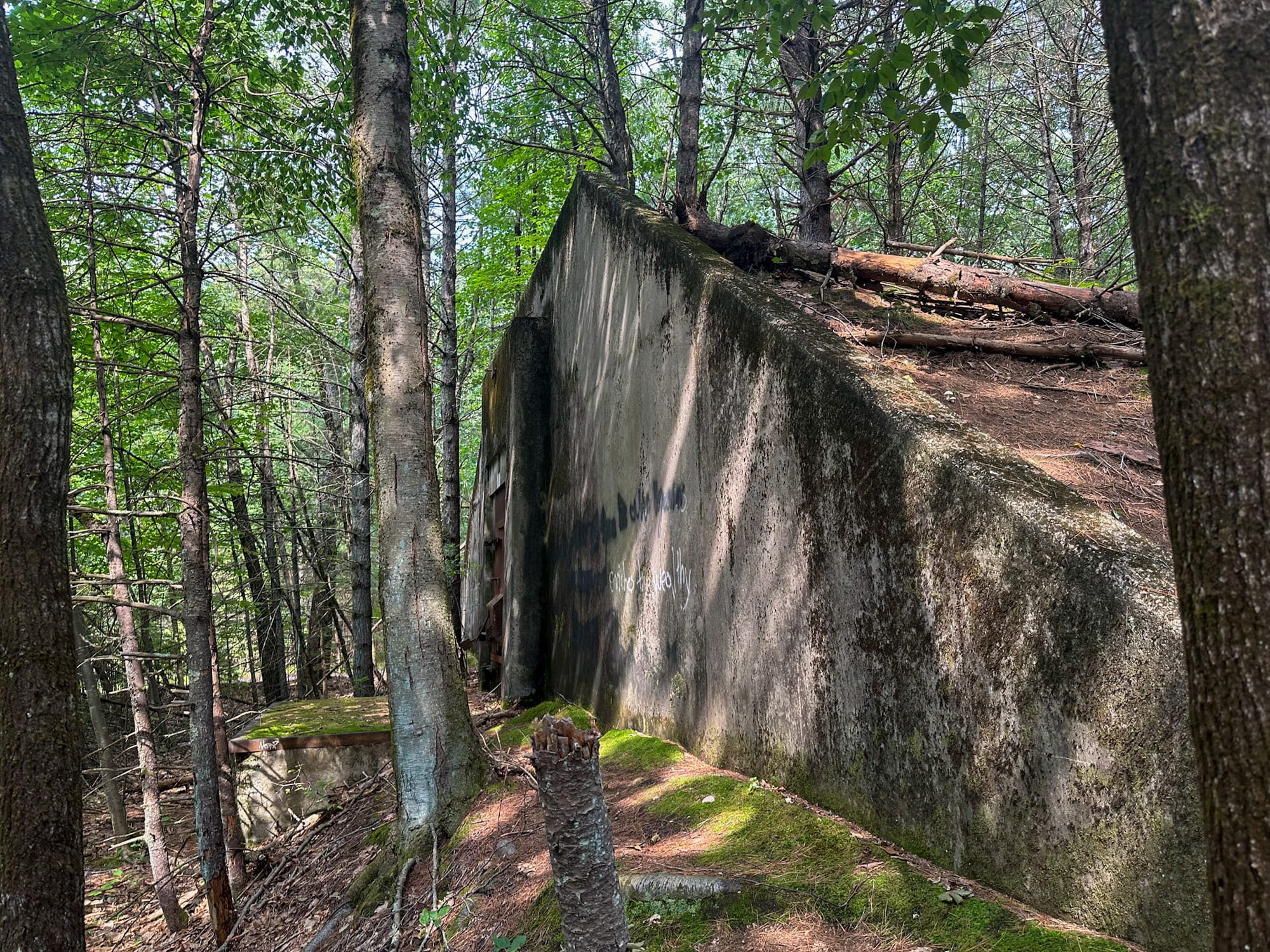
Quick Facts
- 🏗 Constructed: Early 1940s
- 💣 Purpose: Ammunition storage depot for World War II
- 🧱 Number of Bunkers: 50
- 🚂 Connected By: Massachusetts Central Railroad spur
- 🪖 Postwar Use: Fort Devens annex and military test site
- 🕊 Public Access Restored: 2005
- 🌿 Current Management: U.S. Fish and Wildlife Service
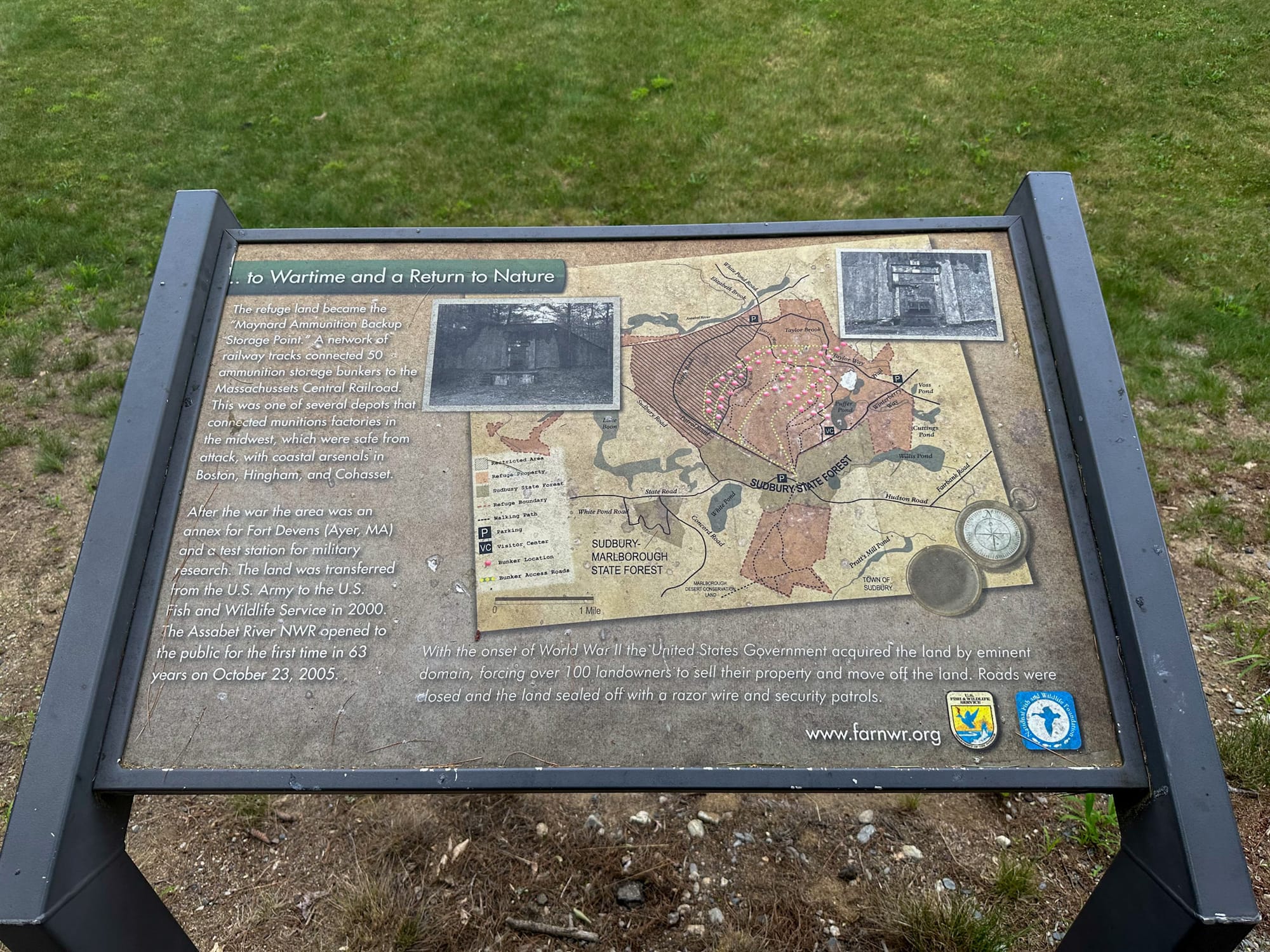
Final Thoughts
The Assabet River National Wildlife Refuge WWII Bunkers are more than remnants of a forgotten war effort — they are symbols of resilience and renewal. What began as a highly secretive military complex now stands as one of Massachusetts’ most serene and educational outdoor destinations.
Walking the quiet trails through the refuge, you can still feel the echoes of history — the hum of the trains, the watchful guards, the weight of wartime urgency. Yet today, all that remains is the gentle rustle of leaves and the chirping of birds, as nature continues to reclaim what was once built for destruction.
If you’re looking for a fascinating blend of military history, ghostly architecture, and natural beauty, this refuge offers one of the most rewarding and surreal adventures in New England.

